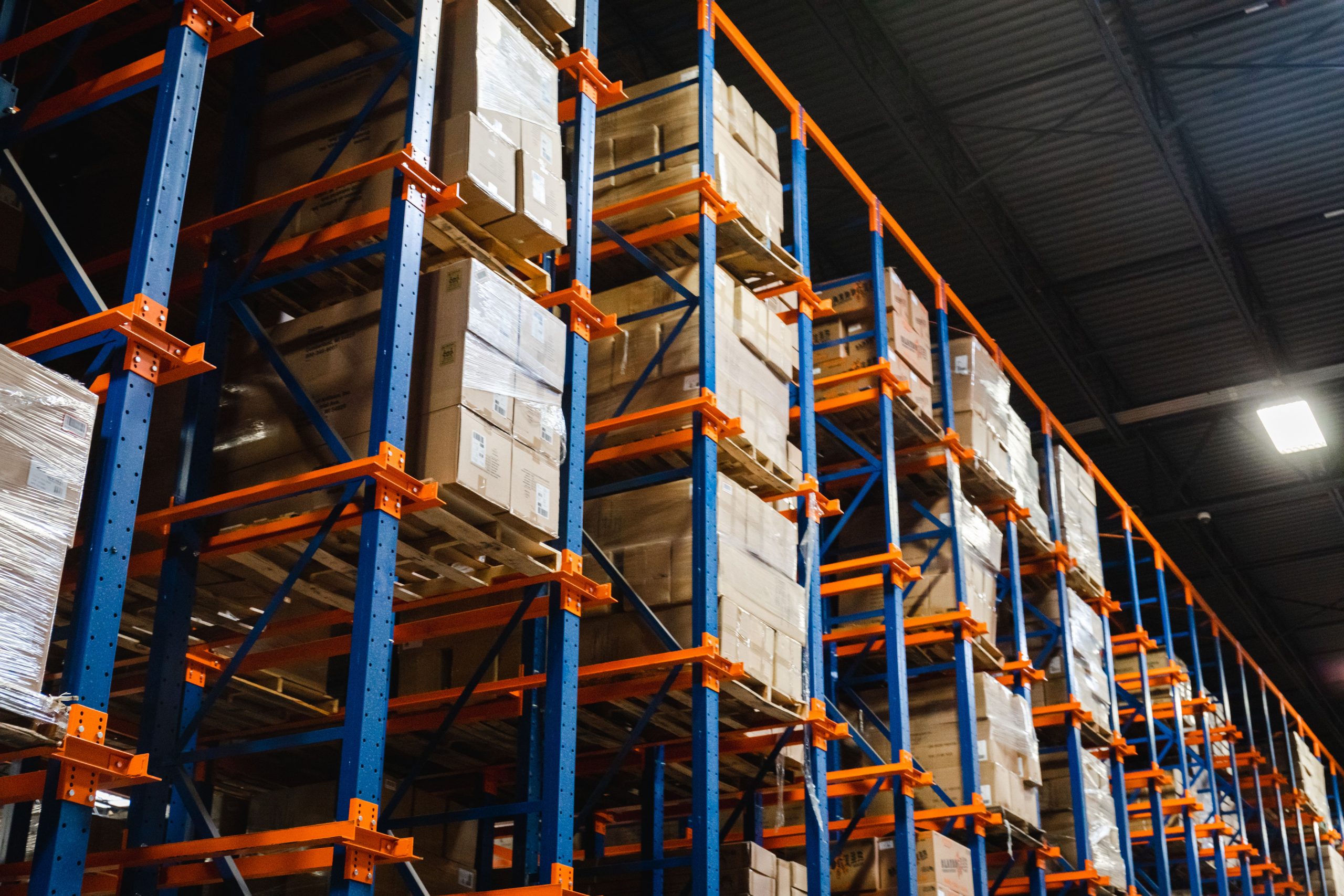Welcome to the first installment of our High-density Storage Series, where we aim to explore and dissect various storage solutions designed to optimize warehouse space and enhance productivity. In this inaugural blog post, we delved into drive-in pallet racking systems, examining their functionality, advantages, and drawbacks. As we continue with this series, we will uncover more strategies, technologies, and storage systems tailored for high-density needs, enabling you to make informed decisions for your warehouse. Stay tuned for upcoming posts that will dive deeper into other racking systems, warehouse layouts, and best practices to maximize efficiency and streamline your bulk storage operations.
Introduction
As businesses expand and warehouse storage needs increase, it’s essential to find effective ways to optimize space and streamline the flow of goods. Drive-in pallet racking systems offer an efficient and compact solution for businesses that store large quantities of uniform products. In this blog post, we’ll introduce you to the workings of drive-in pallet racking systems, discuss their pros and cons, and help you determine if they’re the right choice for your warehouse storage needs.
How Drive-In Pallet Racking Systems Work
Drive-in pallet racking systems are designed to store multiple pallets in a single, continuous lane, with the forklift driving directly into the rack. This unique design reduces the need for multiple aisles and maximizes storage density. Drive-in racking systems can be configured in two different ways:
Drive-In: This configuration allows forklifts to enter the system from one end only. Pallets are stored and retrieved using the Last-In, First-Out (LIFO) method, which means the last pallet loaded is the first to be removed.
Drive-Through: This setup allows forklifts to access the system from both ends, making it a First-In, First-Out (FIFO) storage method. This configuration is ideal for products with expiration dates or items that require stock rotation. Drive-through systems require more support than Drive-in and therefore are typically more expensive.
Pros of Drive-In Pallet Racking Systems
Space Optimization: Drive-in pallet racking systems significantly increase storage density by reducing the need for multiple aisles. This allows you to store more products in a smaller space, making it an excellent solution for businesses with limited warehouse space or those looking to expand their storage capacity.
Cost-Effective: With fewer aisles and a higher storage density, you’ll need less real estate and possibly fewer rack materials, leading to cost savings. Additionally, Drive-in systems typically have relatively low installation and maintenance costs compared to other high-density racking systems.
Scalability: Drive-in racking systems can be easily expanded or reconfigured as your business grows, ensuring a long-term storage solution that adapts to your evolving needs.
Ideal for Bulk Storage: Drive-in systems are perfect for storing large quantities of uniform products, such as raw materials or products with long shelf lives that don’t require frequent rotation.
Cons of Drive-In Pallet Racking Systems
Limited Selectivity: Due to the LIFO or FIFO storage methods used in drive-in racking systems, they may not be suitable for warehouses that require immediate access to all pallets or a wide variety of SKUs.
Increased Risk of Damage: The need for forklifts to drive into the racking system can increase the potential for accidents and damage to the racks or products. Proper training, rack protection, and safety measures are essential to mitigate this risk.
Slower Loading and Unloading: As pallets are stored and retrieved in a specific order, drive-in racking systems may not be the most efficient option for warehouses that require quick loading and unloading of goods.
Conclusion
Drive-in pallet racking systems offer a highly efficient and cost-effective solution for businesses with specific storage needs, such as bulk storage and space optimization. However, these systems may not be suitable for all warehouse scenarios, as they have limitations in terms of selectivity and loading speed. To determine if a drive-in pallet racking system is the right choice for your business, carefully consider your specific storage requirements, product types, and warehouse layout.



